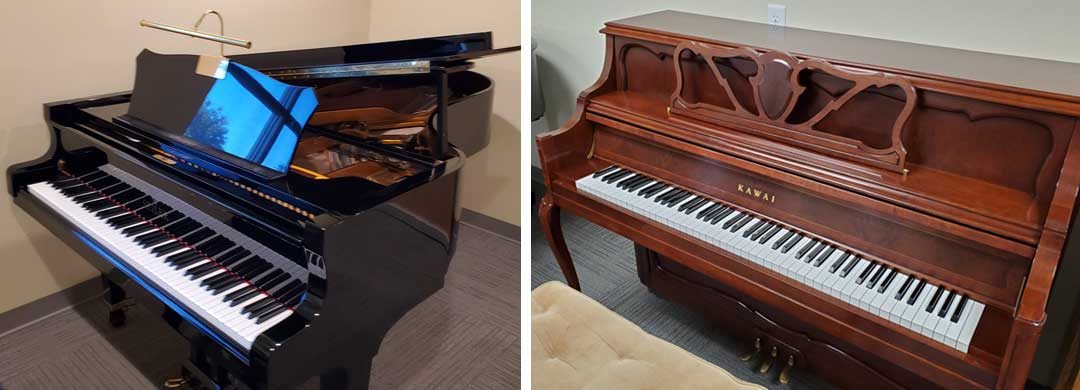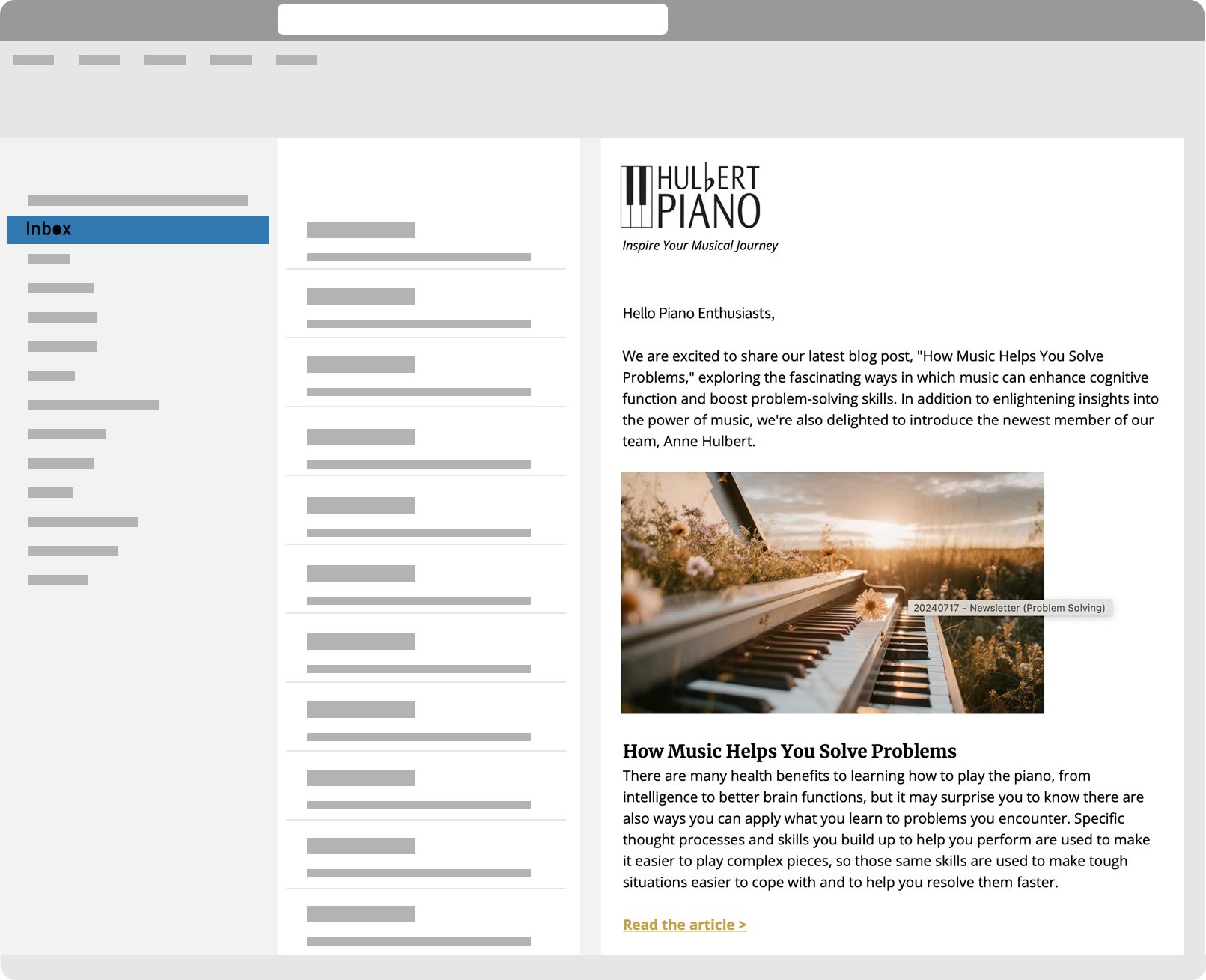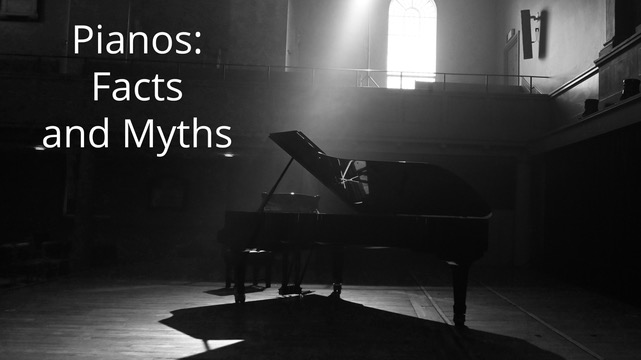
When it comes to purchasing a piano, the choices can be overwhelming. You’ve likely heard of vertical and grand pianos but what is the difference between them? The answer may surprise you! A vertical piano is typically smaller and more economical – which makes them an excellent choice for beginning and casual players who are just starting out. Grand pianos offer a larger soundboard with a superior dynamic range, creating a more powerful tone that professionals and experienced musicians will appreciate. In this blog post, we’ll take a closer look at these two different types of pianos so you can make an informed decision when shopping for your next instrument.
Vertical pianos are usually put up against a wall and a Grand Piano is not put against the wall but has a lid that opens up toward the room. So one of the differences is visual in that they look different and the functions are different as well.
The actions are different, where a vertical will have more springs in the piano. A grand action will have gravity, as its friend to help a little bit more so the sensitivity of playing a grand piano will afford more control than a vertical.
Also, the dampening system of a grand piano is more efficient because if you think about how the dampers and where they are placed they are right above where the hammer strikes the string. In a vertical, they can’t be because they are both on the same side so the hammer hits a string that is above the damper, which dampens the string. So a Grand Piano will dampen more efficiently.
A Grand Piano action will also repeat better because of the gravity and the mechanism called escapement. So those are some of the differences in a technical way of a Grand Piano versus a Vertical Piano.






